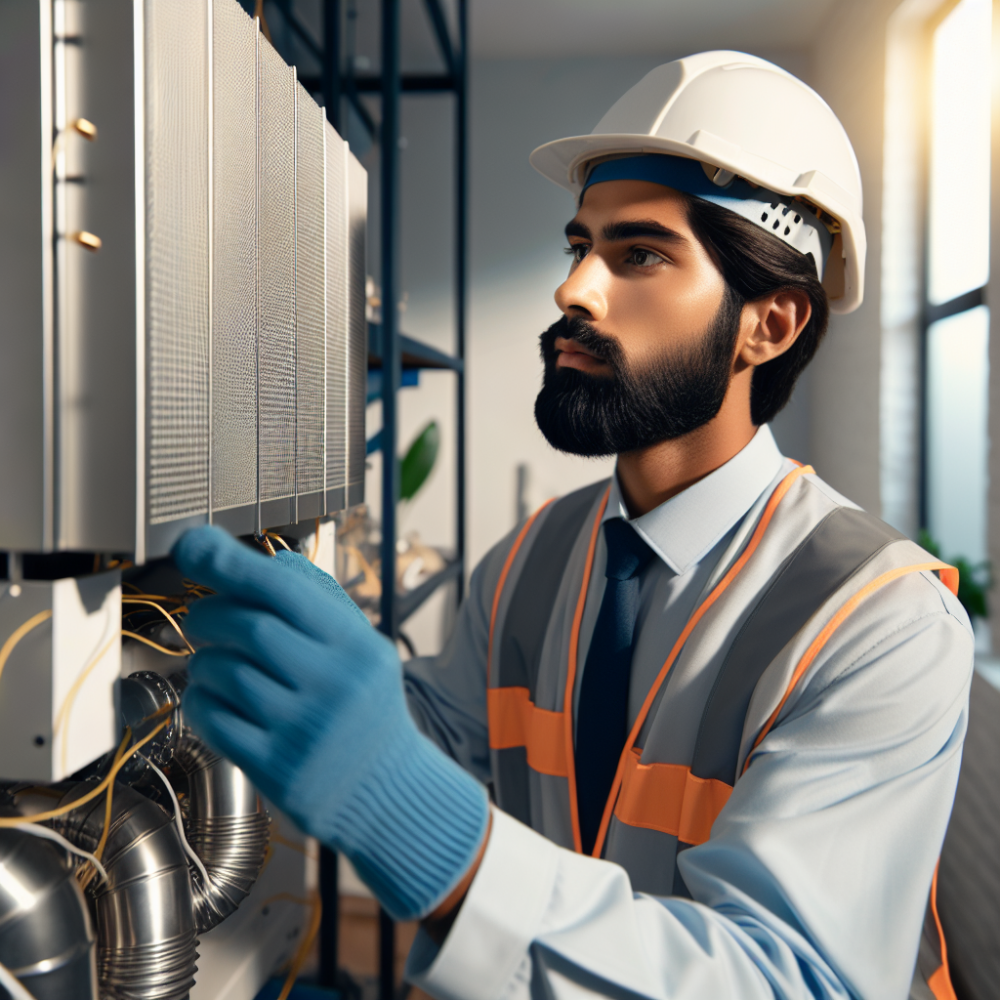Mastering Home Ventilation: Your Ultimate Guide

Posted on: Sunday, March 3rd, 2024
Proper ventilation is essential for maintaining indoor air quality and comfort in any living space. It involves the exchange of indoor air with fresh outdoor air, removing pollutants, moisture, and odors in the process. Recent advancements in technology have made home ventilation systems more efficient and sustainable, addressing concerns related to health and energy consumption. Understanding the basics of ventilation, as well as the latest trends and technologies, can significantly improve the comfort and healthiness of your home.
At its core, ventilation works to ensure a constant supply of fresh air, crucial for creating a healthy living environment. It helps to control humidity levels, thus inhibiting mold growth and reducing the concentration of VOCs (Volatile Organic Compounds) and other indoor air pollutants. Modern ventilation systems have been designed with energy efficiency in mind, utilizing heat recovery ventilators (HRVs) and energy recovery ventilators (ERVs) to minimize heat loss while ensuring optimal air exchange. This harmonizes energy conservation efforts with the need for fresh air in tightly sealed homes.
There are several types of ventilation strategies, including natural, mechanical/forced, and hybrid systems. Natural ventilation leverages the architectural design of a home, allowing air to move through windows, doors, and vents without mechanical support. Mechanical or forced ventilation systems, on the other hand, use fans and ductwork to control the flow of air within the building. Hybrid systems combine the best features of both, optimizing energy use while maintaining good air quality.
For optimal results, it's important to consider your home's specific needs when choosing a ventilation system. Factors such as local climate, home design, and individual health concerns should guide your decision. Moreover, regular maintenance of your ventilation system is paramount to ensure its efficiency and longevity. This includes cleaning filters, inspecting ductwork, and ensuring vents are unobstructed.
Recent innovations in ventilation technology are promising, especially in the realm of smart home systems. These advanced systems offer unprecedented control over indoor air quality, with sensors and automated controls adjusting ventilation rates based on real-time indoor air quality readings. Such technologies not only enhance comfort and health but also contribute to significant energy savings by optimizing ventilation as needed. As we continue to prioritize sustainability and health, the role of intelligent ventilation systems in our homes is set to expand.
In conclusion, effective ventilation is a cornerstone of a healthy, comfortable, and energy-efficient home. By embracing both traditional approaches and cutting-edge technologies, homeowners can enjoy improved air quality without compromising on energy efficiency. Whether through natural methods, mechanical systems, or a combination of both, ensuring proper ventilation will continue to be a critical aspect of home maintenance and design in the years to come.